Pickled Spruce Tips
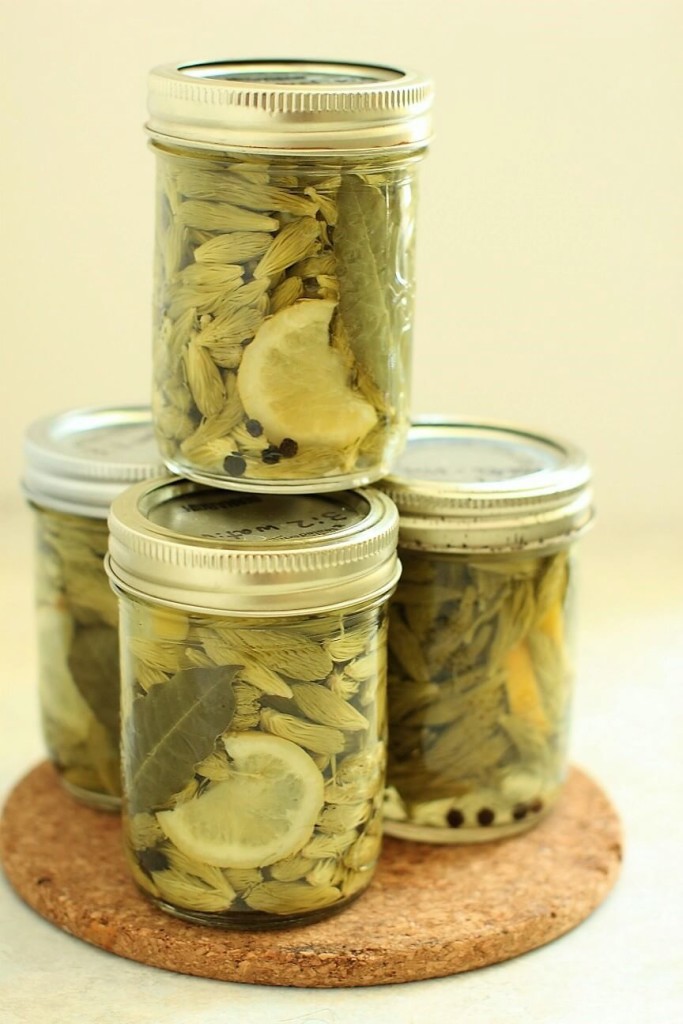
Pickled Spruce Tips
for each half-pint (250ml) jar:
6 whole black peppercorns
1 bay leaf
1 slice of fresh lemon
1 tsp. sea salt
1 heaping cup (250ml) of spruce tips
for the brine (enough for 1 jar):
¼ cup (60ml) white wine vinegar
¼ cup (60ml) filtered or distilled water
Into each very clean and well-rinsed half-pint (1 cup/250ml) jar, place 6 peppercorns, 1 bay leaf, 1 slice of lemon cut in half. and 1 tsp. salt. Hold the lemon slice and bay leaf against the side of the jar if you’d like them to show on the outside. Clean the spruce tips of their brown husks (a bit of a sticky job) and pack them into the jars up to ½ inch (1 cm) from the tops of the jars. Pack them in quite firmly. Put the the vinegar and filtered water into a small saucepan and heat just until boiling. Pour the hot brine over the spruce tips and salt until it is also ½ inch (1cm) from the top of the jar. The spruce tips will turn from bright green to olive green as the brine hits them. Put the new snap lids for the jars into a pot of simmering water for 5 minutes to soften them. Wipe the top rims of the jars with a clean cloth. Seal the jars with the snap lids and metal screw rings until finger tight. Lay a clean dishcloth in the bottom of a saucepan that is taller than the jars (the dishcloth keeps the jars from bouncing around in the pot once the water is boiling.) Set the jars onto the dishcloth and fill the saucepan with hot tap water up to the bottom of the metal screw rings. Cover the saucepan with a lid and bring the water to a full boil. Once it boils, turn the heat down a bit to keep the water boiling without boiling over. Start timing for 10 minutes. Process the jars for 10 minutes, then remove them carefully, using a pot holder or jar clamp, to a clean dishtowel laid out on the counter. Leave the jars undisturbed until they are cool. The metal lids should have sealed and suctioned down. If the lids are still bowed slightly upward, then the jars haven’t sealed and should be stored in the fridge and consumed within six months (leave them to age for one month before using). The spruce tips will all have floated to the top of the jars once cool. Give each jar a shake and they will disperse evenly again. If sealed, the pickled spruce tips will last for several years in a cool, dark place. Leave the jars for a week before using them, so the brine has had time to fully flavor the spruce tips.
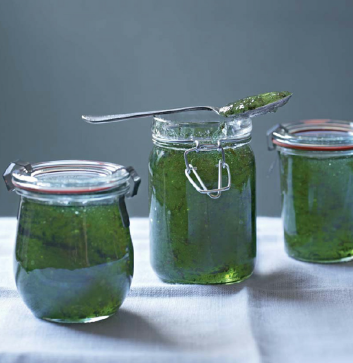 Mint Jelly
Mint Jelly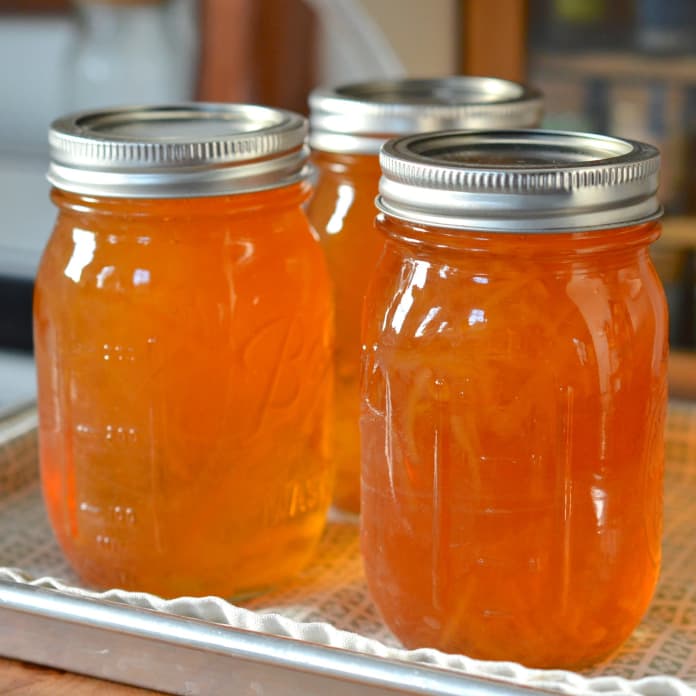 Pink Grapefruit & Elderflower Marmalade
Pink Grapefruit & Elderflower Marmalade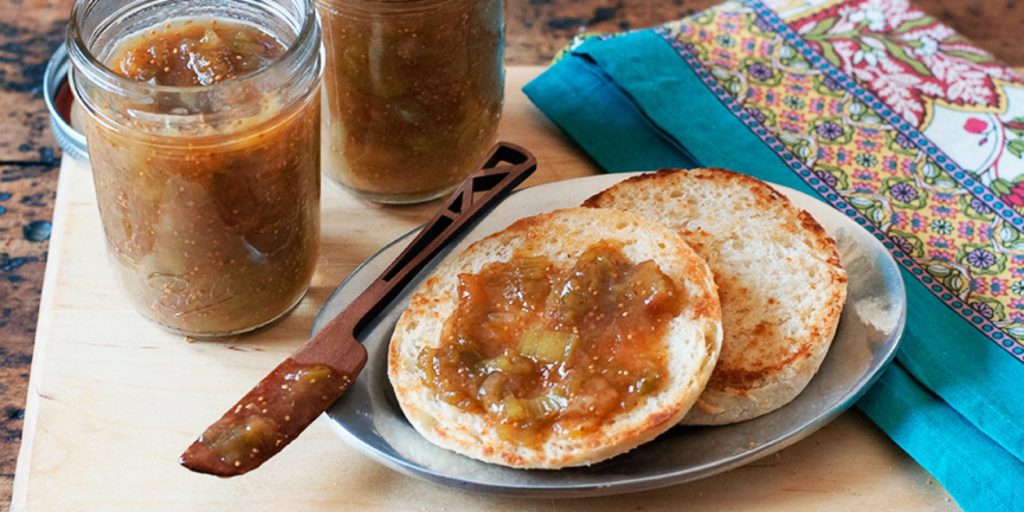 Rhubarb Marmalade with Figs & Lemon
Rhubarb Marmalade with Figs & Lemon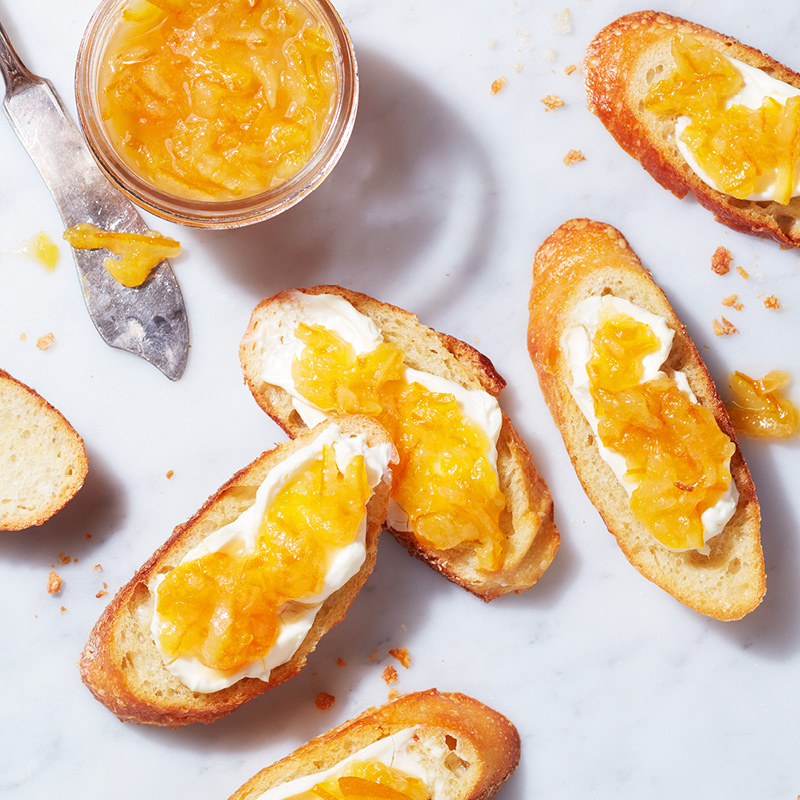 Meyer Lemon Marmalade
Meyer Lemon Marmalade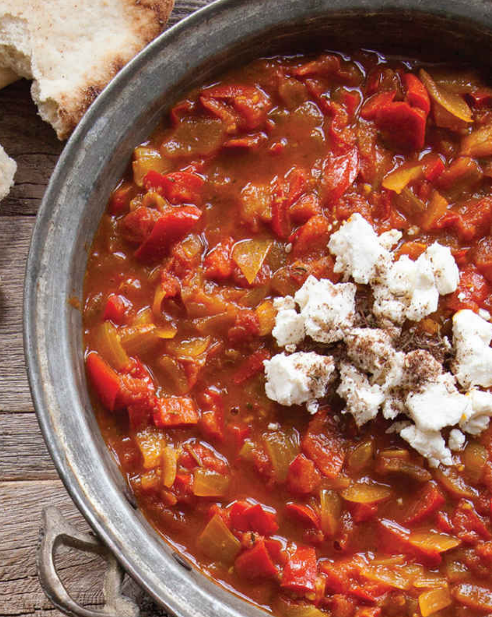
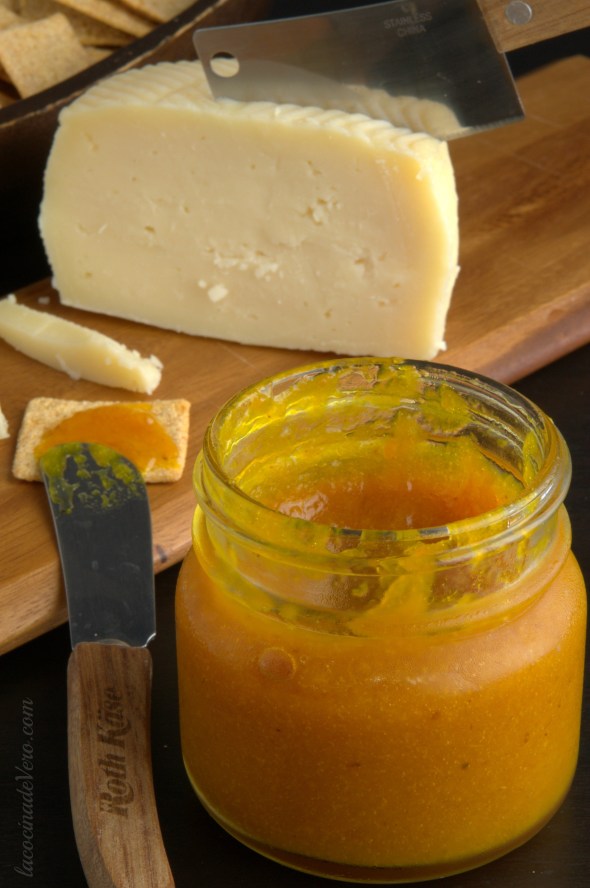
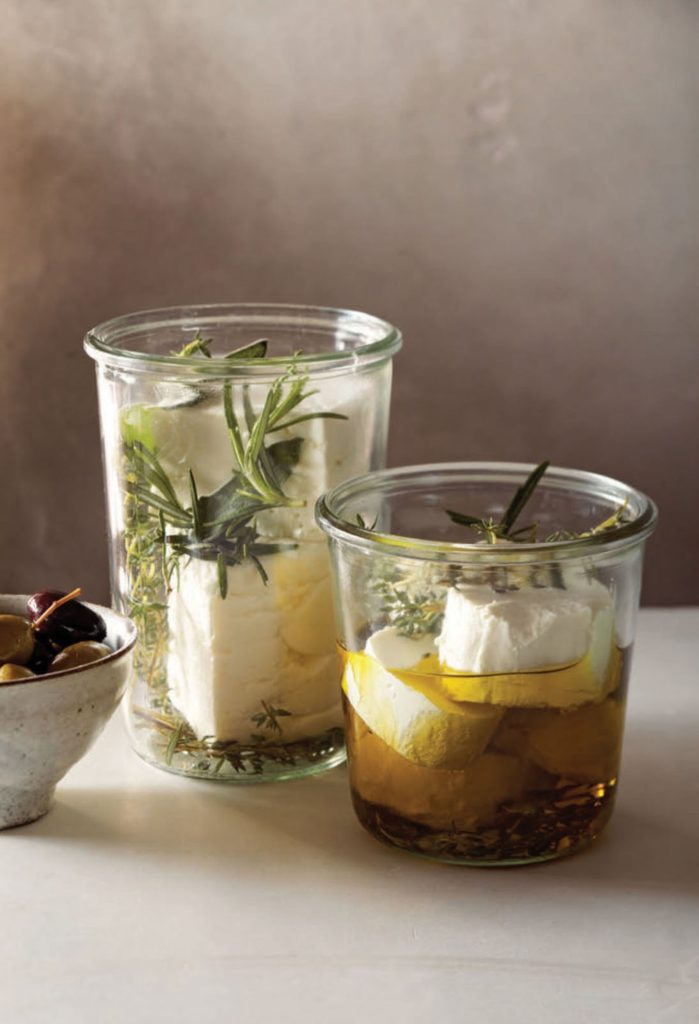
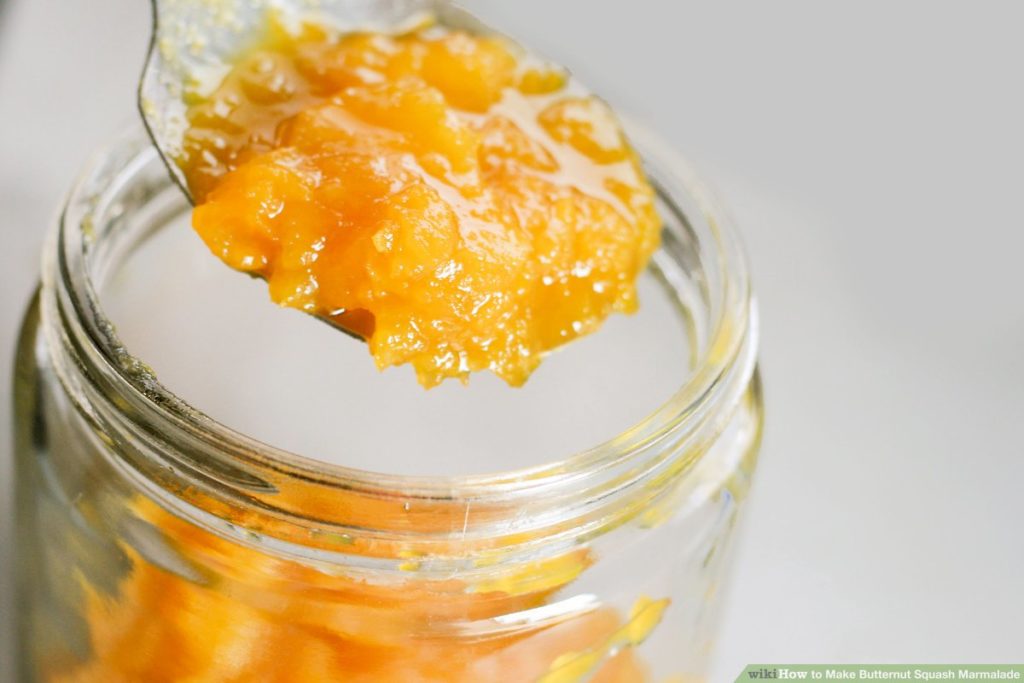 Butternut Squash, Ginger & Citrus Jam
Butternut Squash, Ginger & Citrus Jam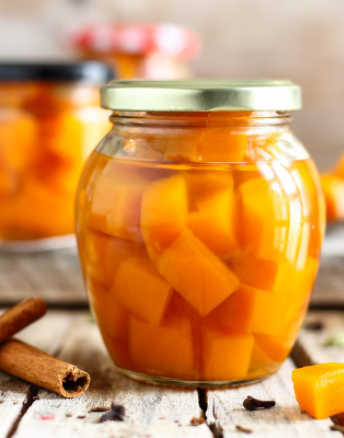 Pickled Pumpkin
Pickled Pumpkin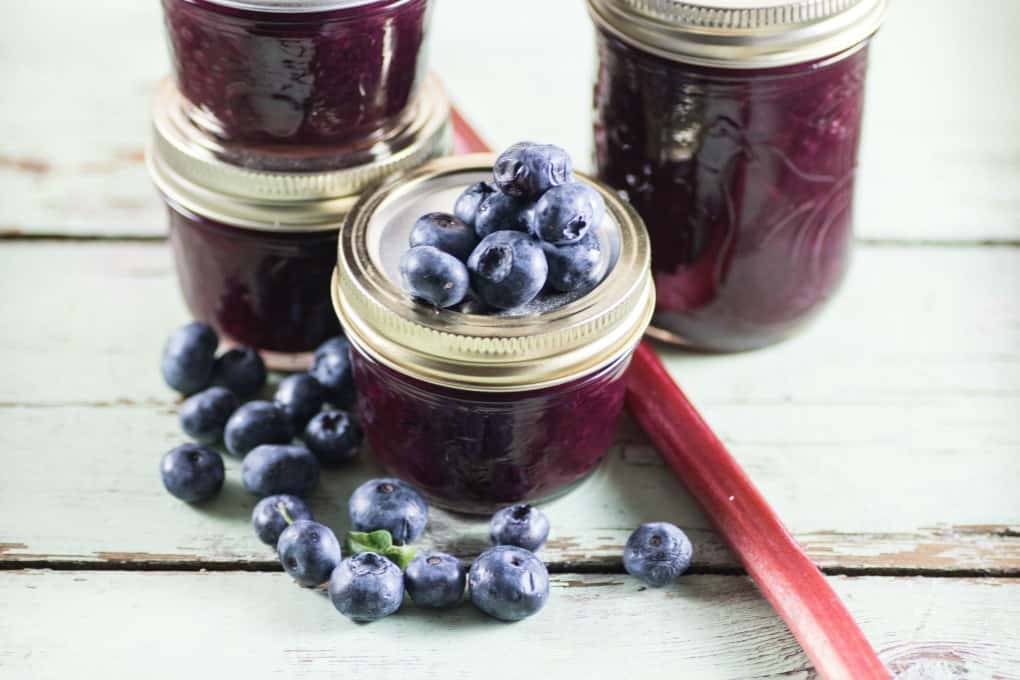
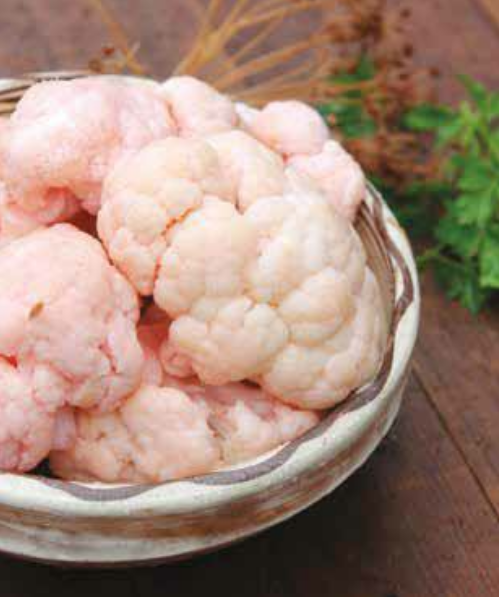
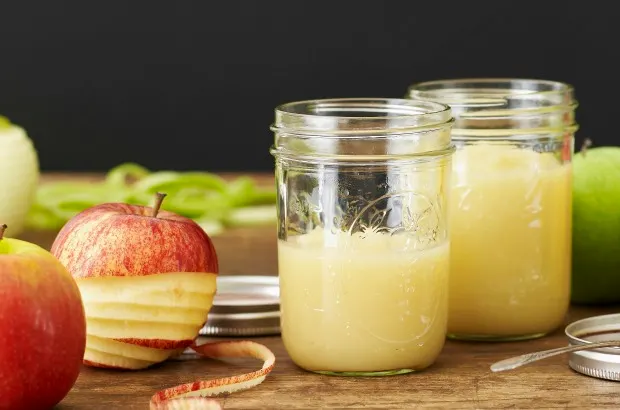
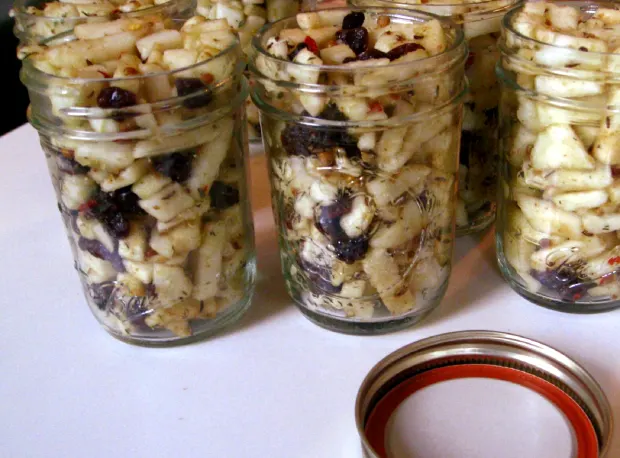
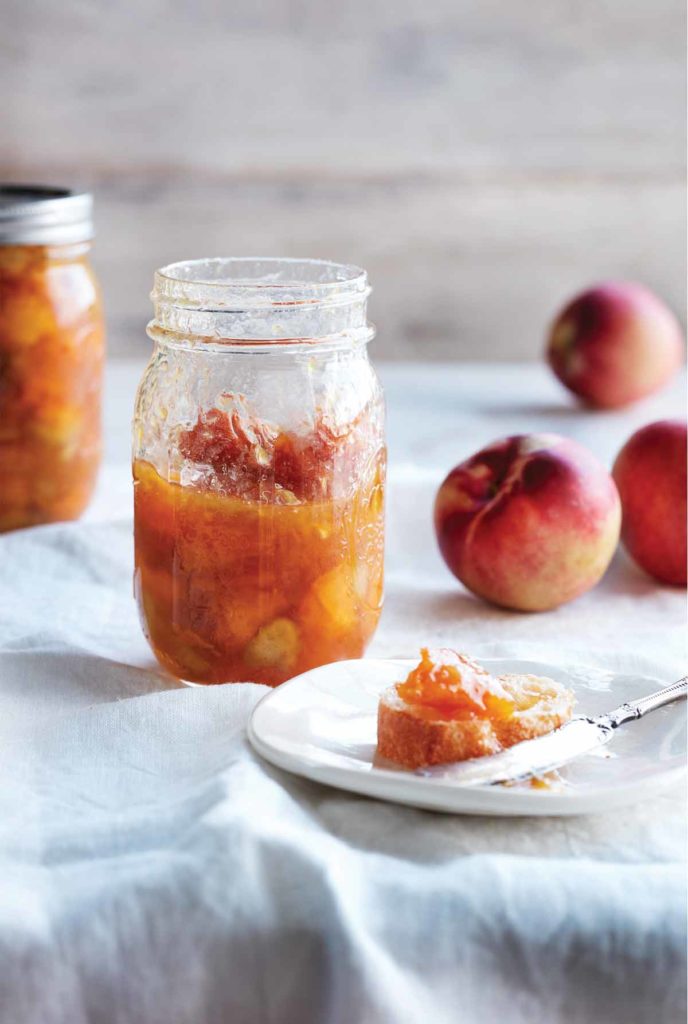
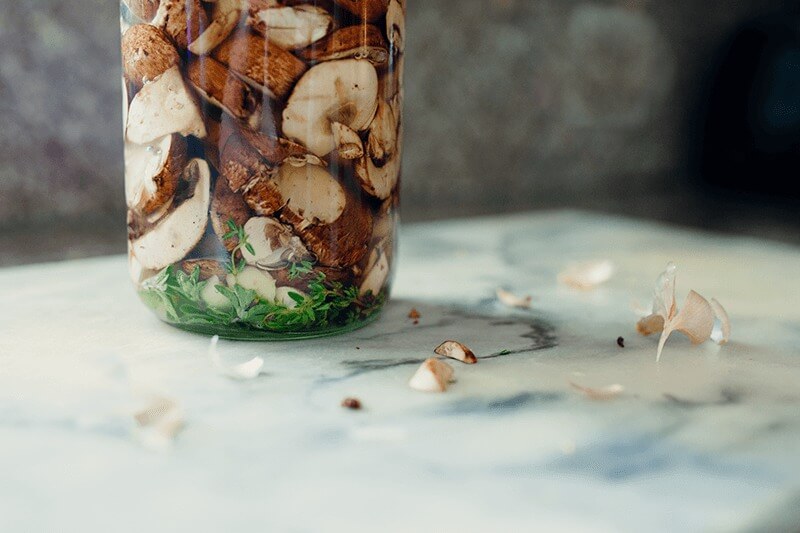
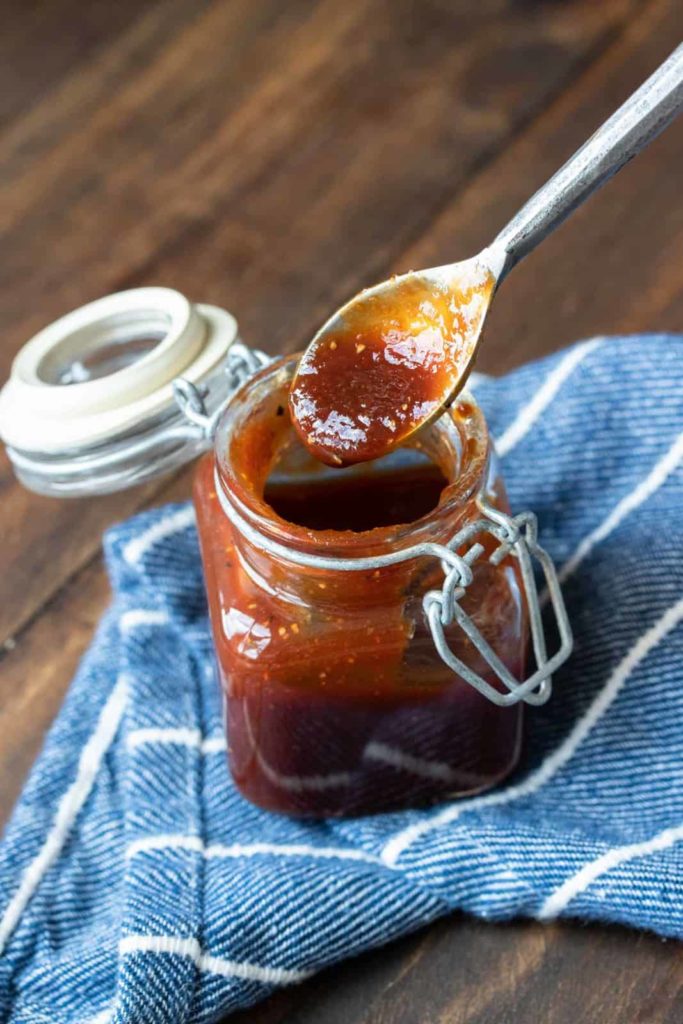
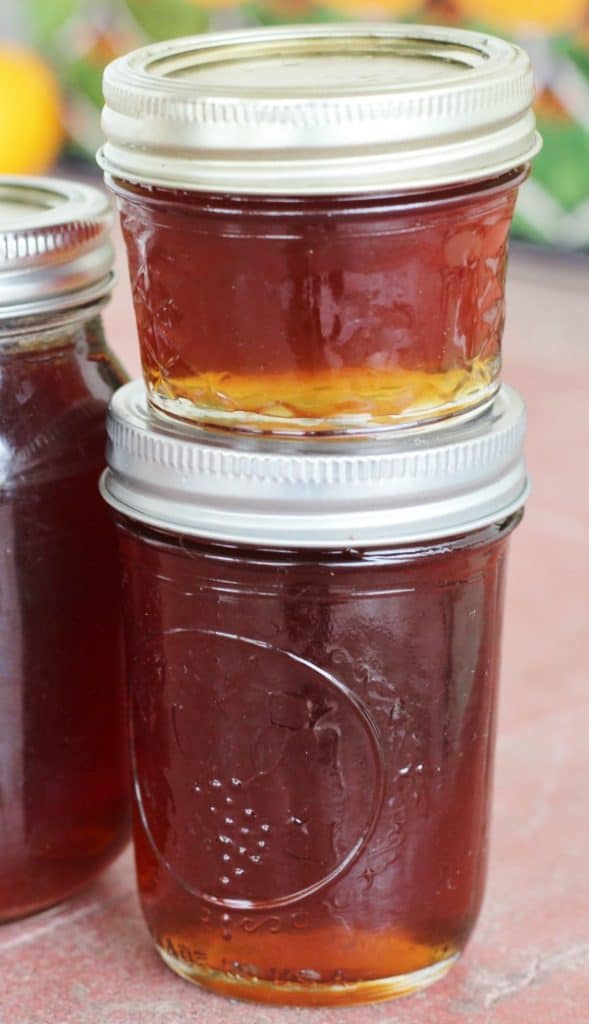
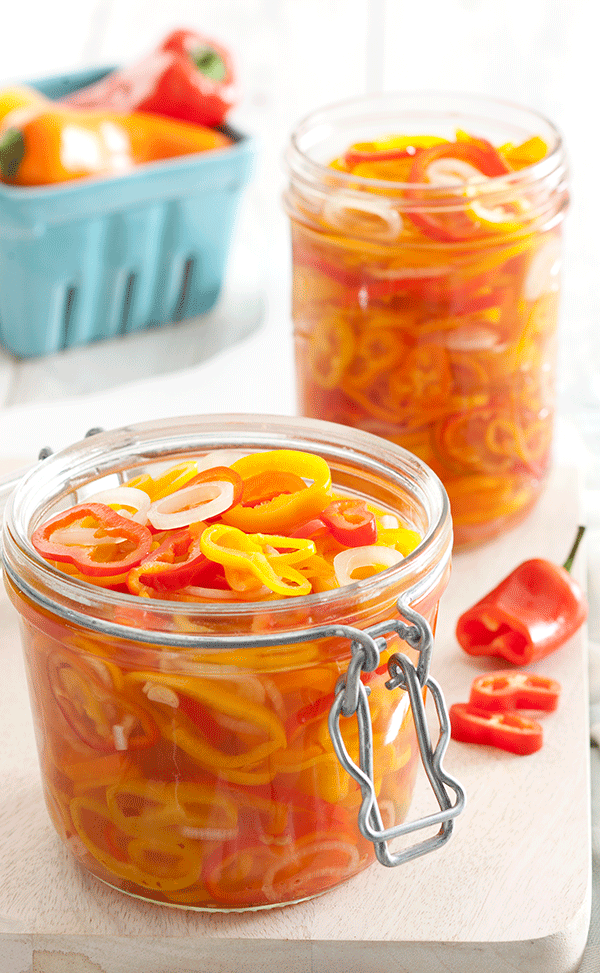
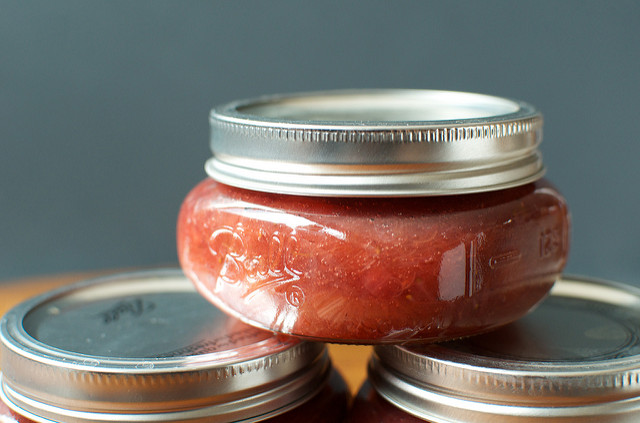
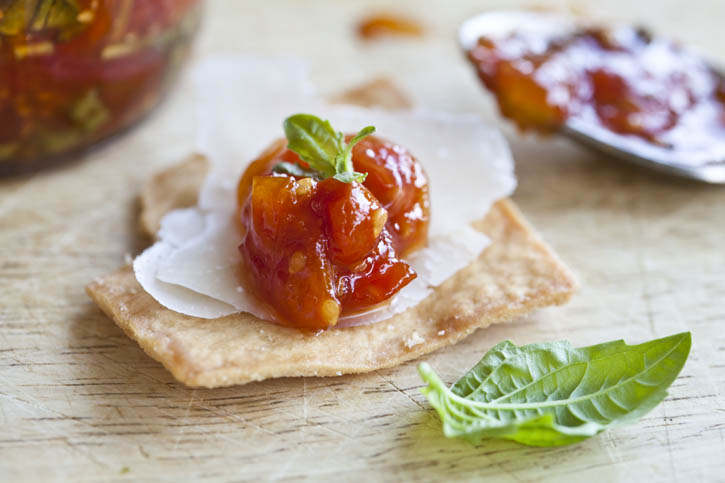
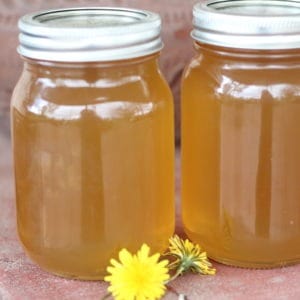
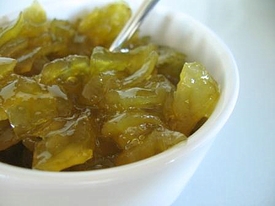
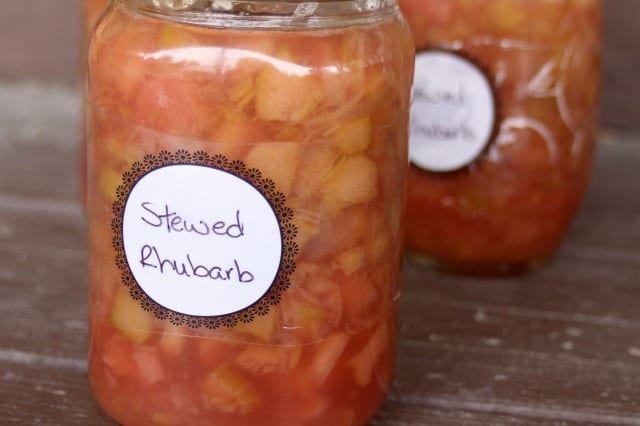
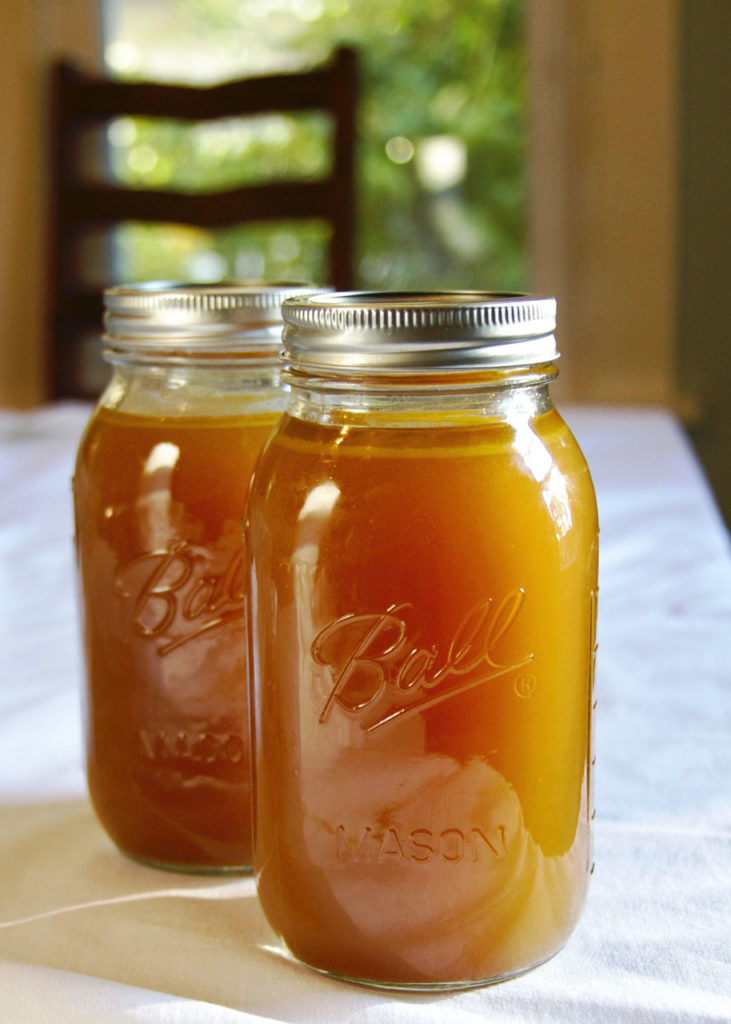

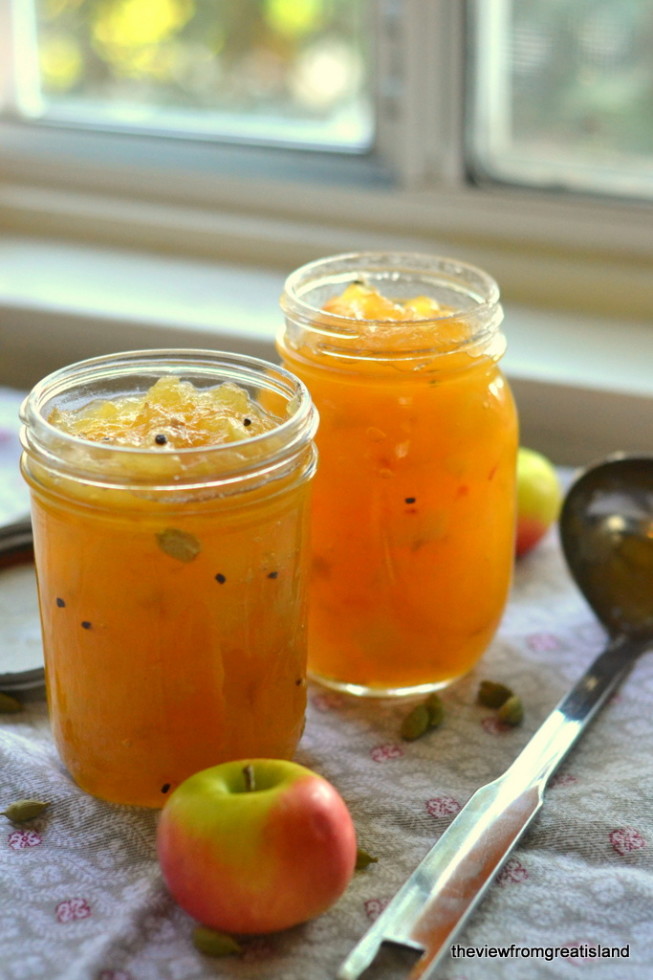
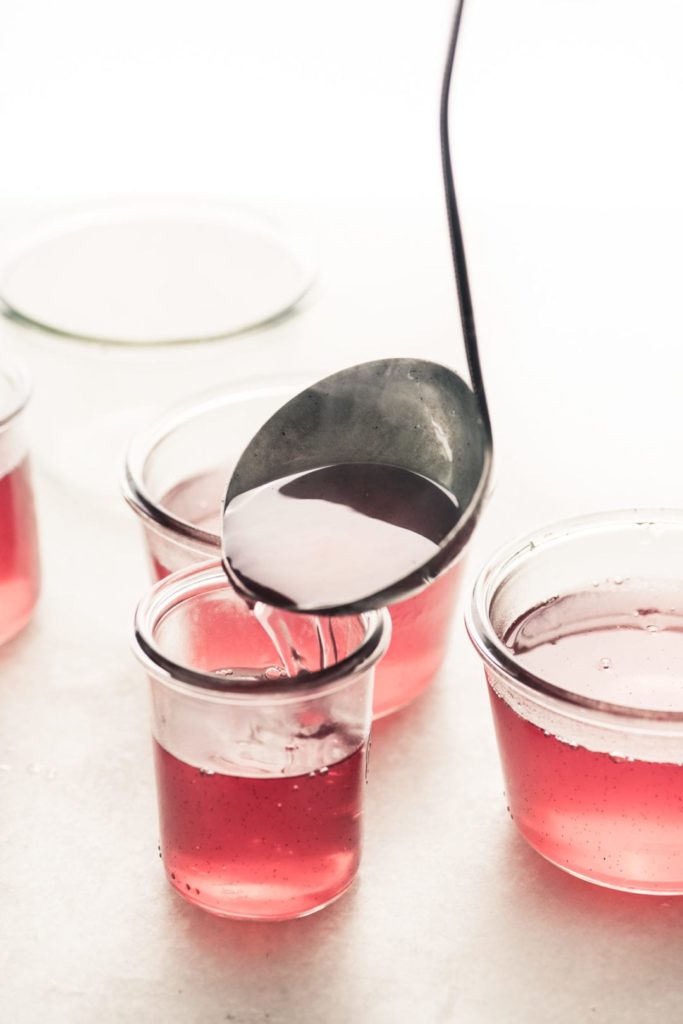
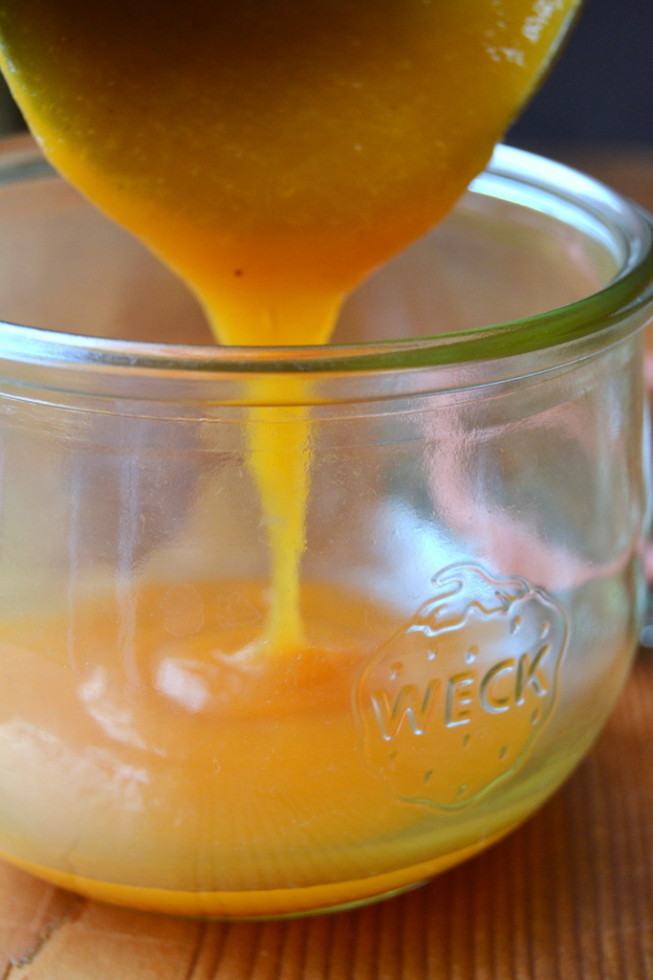
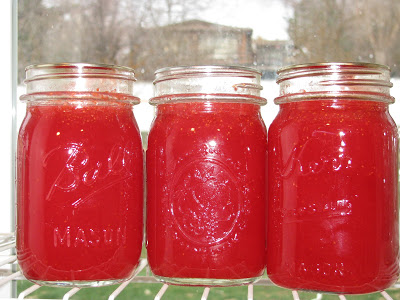
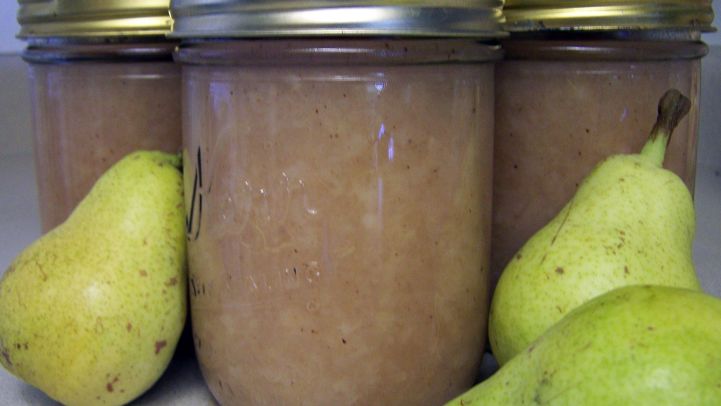

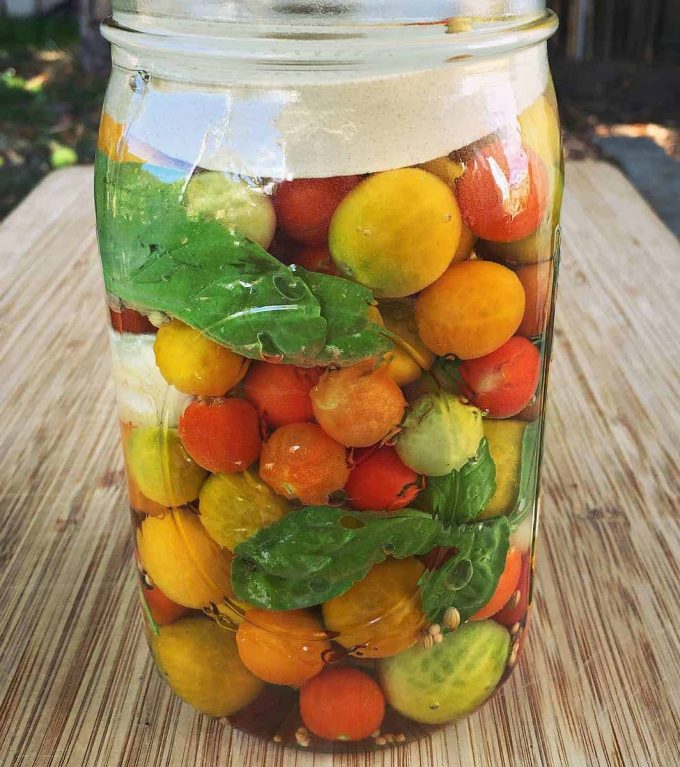
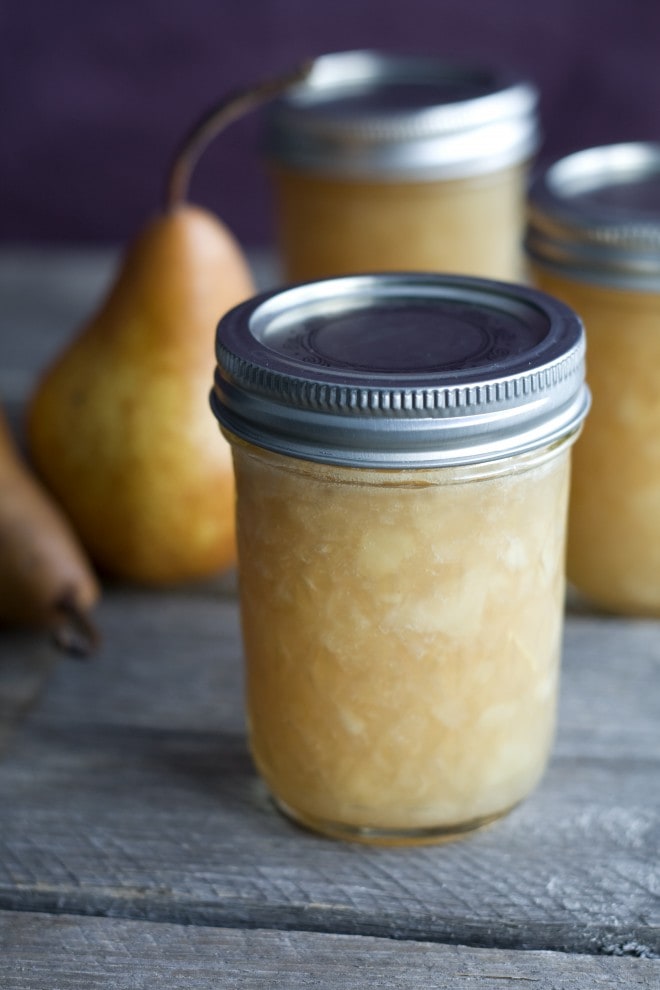
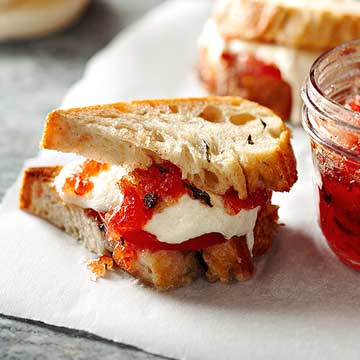
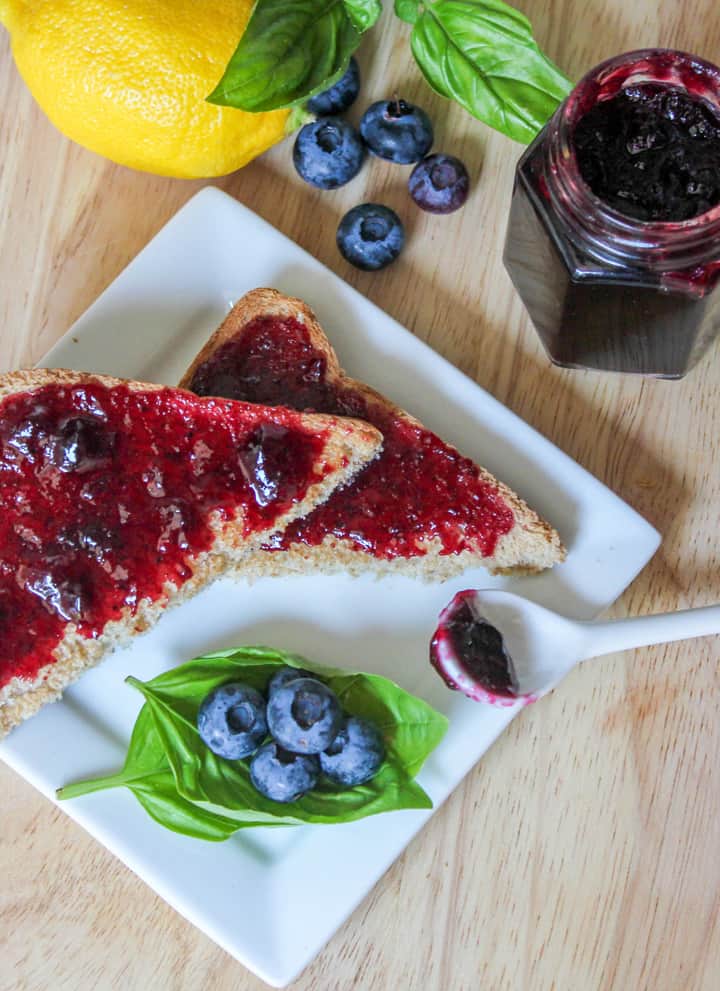
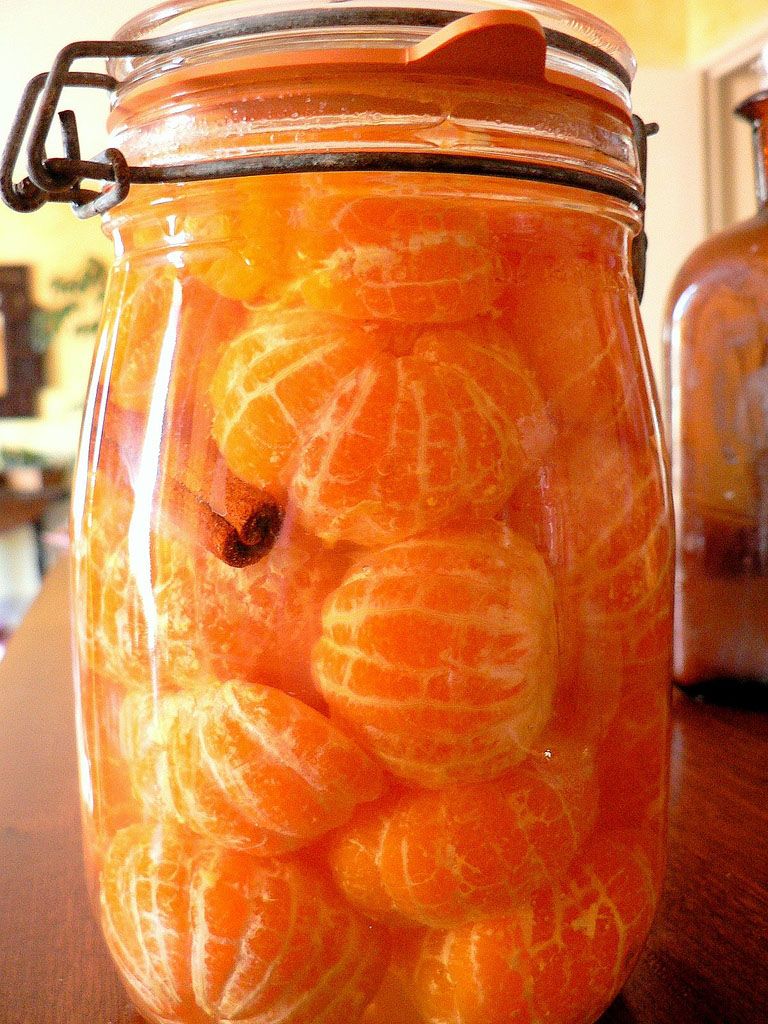
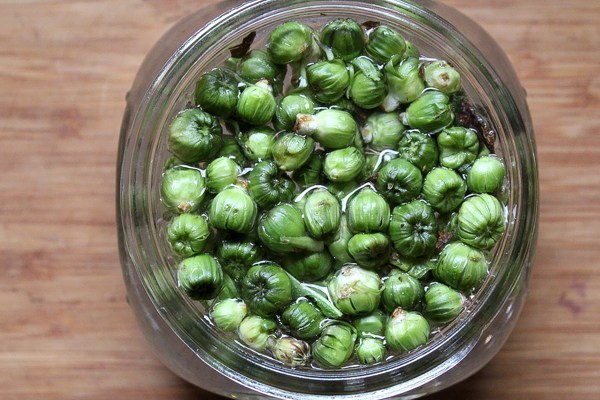
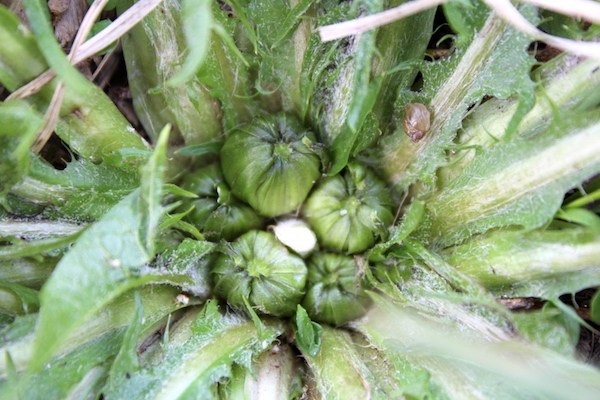

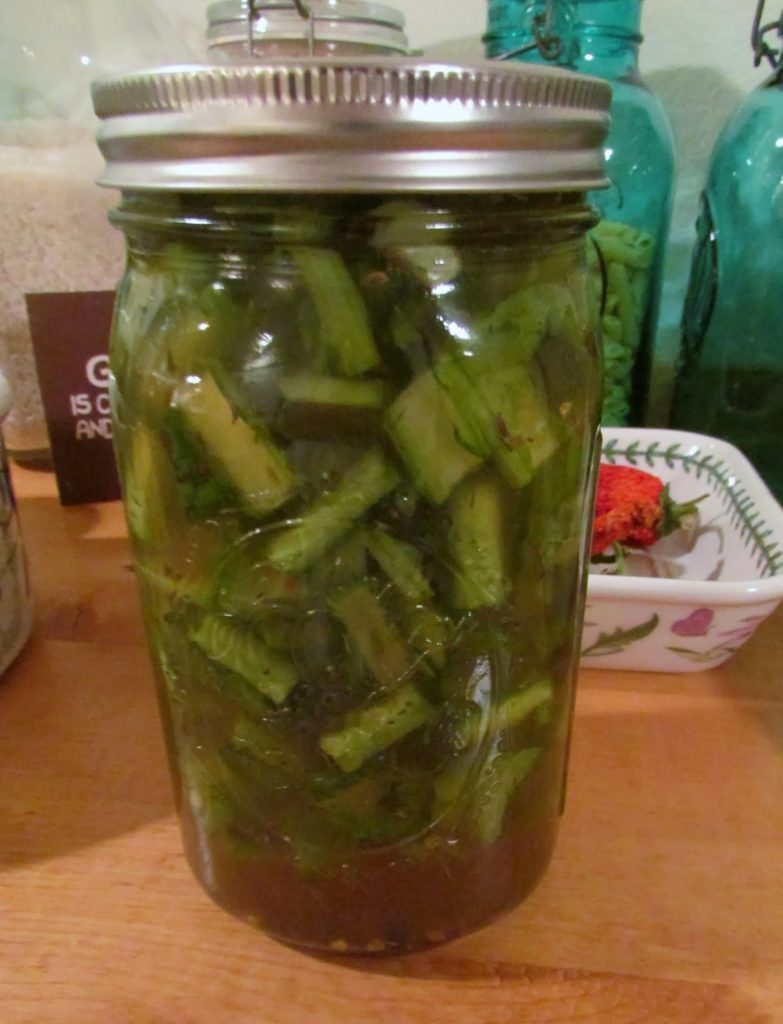 Pickled Mustard Green Stems
Pickled Mustard Green Stems